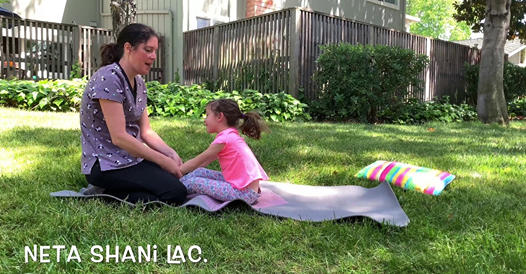Introduction
Attention Deficit Hyperactivity Disorder (ADHD) is a complex neurodevelopmental condition that affects millions of children and adults. While traditional treatments often focus on medication and behavioral therapy, it’s equally important to explore the underlying causes and adopt holistic approaches to address the root of the problem.
The Individualized Approach
ADHD is not a one-size-fits-all diagnosis. Each person’s experience with ADHD is unique, and what works for one individual may not work for another. It’s essential to look beyond the label and focus on the underlying causes of the symptoms to develop effective, tailored treatment plans.
Common Underlying Factors
Some of the common factors that can contribute to ADHD-like symptoms include:
- Stress Hormones: Elevated stress hormones, like cortisol, can contribute to difficulties with attention and focus.
- Nutritional Deficiencies: Lack of essential vitamins and minerals, such as vitamin B1, can impact cognitive function.
- Sensory Processing Challenges: Over-stimulation or under-stimulation can disrupt the nervous system, leading to focus and attention issues.
- Food Sensitivities: Certain foods can trigger inflammation and impact brain function, leading to increased ADHD-like symptoms.
My Story: Zoom School and Sensory Tools During COVID Lockdowns
During the COVID lockdowns, like many parents, I noticed how challenging it was for kids to focus during Zoom classes. Staring at a screen for hours, sitting still, and managing their emotions in isolation was overwhelming for many kids. That’s when I discovered some simple, yet powerful tools that helped ease the stress and improve focus.
One thing that worked wonders was a foot massage. My child used to sit with their feet under the table, quietly massaging them during online lessons. This simple technique helped take the edge off the stress hormones and brought a sense of calm that allowed clearer focus.
Another lifesaver was a body sock. It gave my child the sensory input they craved by allowing them to stretch and feel contained—perfect for those times when their bodies needed to release tension. These tools were small but made a huge difference in our day-to-day routine.

I also introduced a lava lamp to their study area, which had a calming effect on the room’s atmosphere, helping to reduce distractions and support focus. And of course, noise-canceling headphones came in handy during noisy Zoom sessions to help them concentrate better in a home full of distractions.
These tools, along with understanding the root causes of ADHD, empowered us to find a rhythm that worked during those difficult times.
Holistic Approaches to ADHD
While everyone’s needs differ, holistic approaches can help address the underlying factors and promote better focus and emotional regulation. Here are a few tools that I recommend:
-
Acupressure and Massage: Gentle massage or acupressure techniques can regulate the nervous system and reduce stress, helping children calm down and regain focus.
-
Nutritional Support: Make sure your child is getting adequate vitamins and minerals, especially B vitamins, magnesium, and omega-3s, which are crucial for cognitive function.
-
Dietary Changes: Identifying and eliminating food sensitivities (such as gluten, dairy, or processed sugars) can reduce inflammation and improve brain function.
-
Sensory Integration: Sensory tools, like body socks or fidget toys, can provide the necessary sensory input to regulate the nervous system and improve attention.
-
Weighted Blankets or Lap Pads: These can help children feel grounded and focused, particularly during seated tasks like homework or remote learning.
-
Movement Breaks: Allowing kids short movement breaks during learning can help reset their attention span. Even a quick stretch or walk can make a huge difference.
-
Visual Timers: A visual timer helps children with ADHD stay on track and understand how much time is left in a task, reducing anxiety around time management.

Beyond the Diagnosis
ADHD is not a life sentence. By understanding the underlying causes and exploring holistic approaches, children and adults with ADHD can significantly improve their quality of life. Tools like sensory aids, nutritional support, and stress-reduction techniques offer pathways for individuals to thrive, rather than just manage symptoms. sensorybalancing@gmail.com
Disclaimer
This article is meant for informational purposes only. Please consult with a healthcare provider before making any changes to your child’s treatment plan. Holistic approaches can complement but are not a substitute for professional medical advice or interventions.
